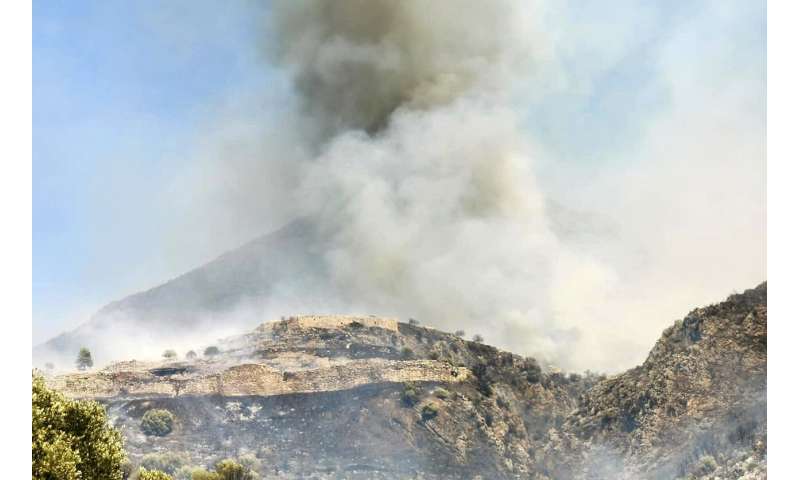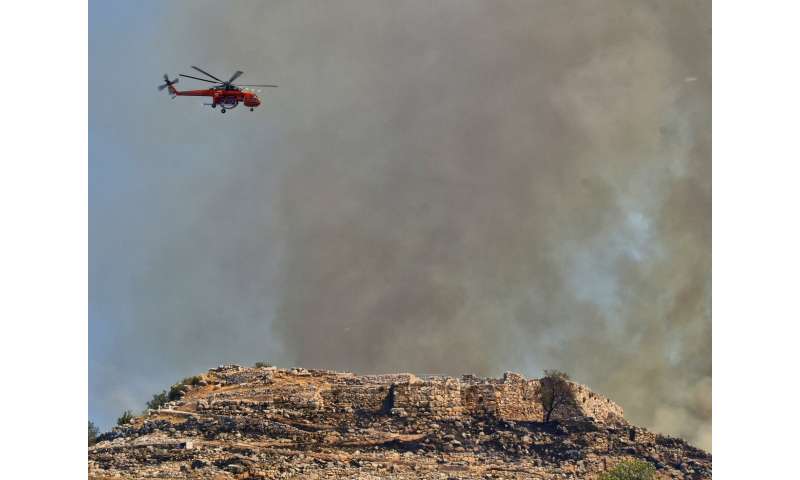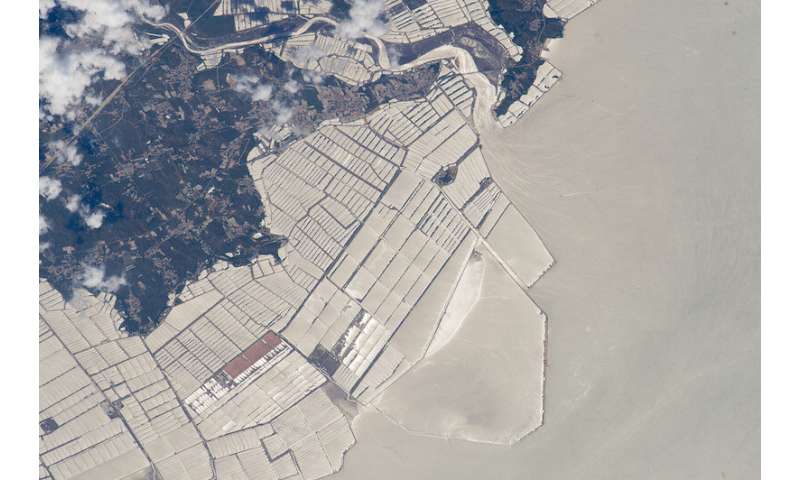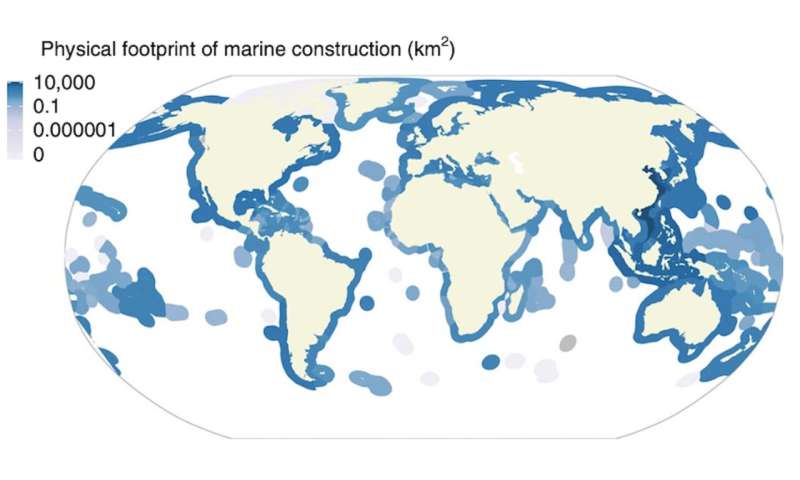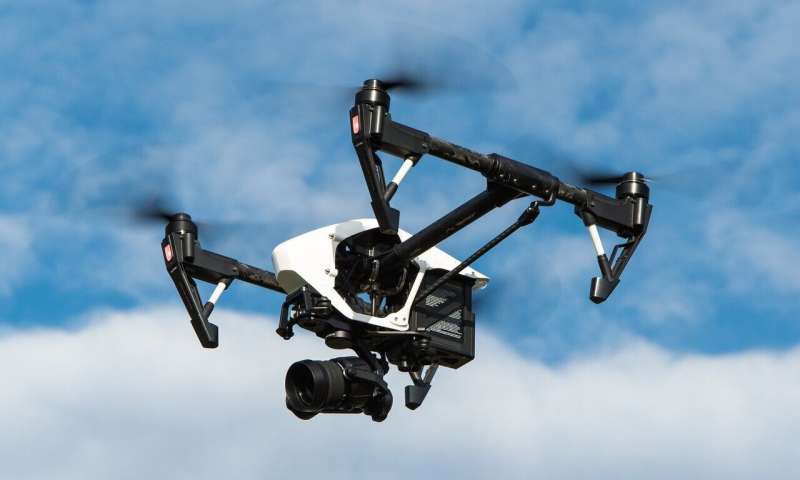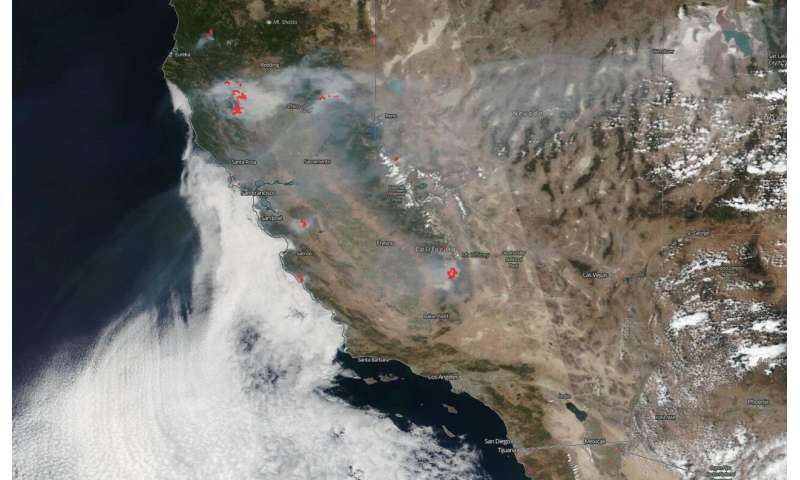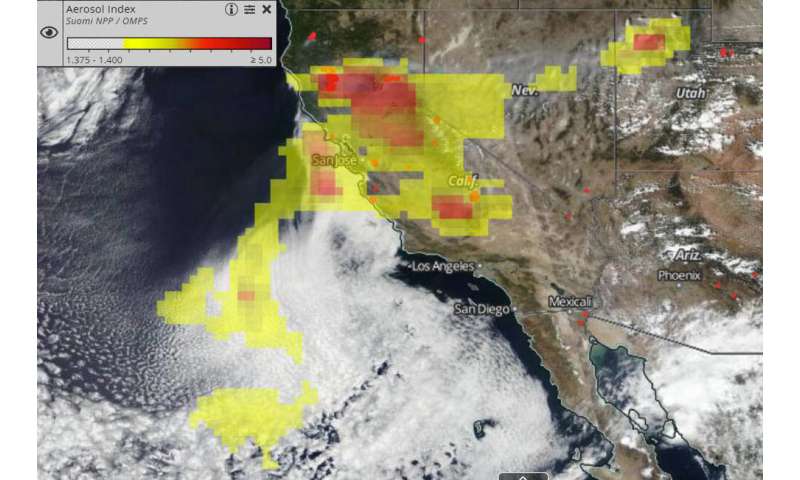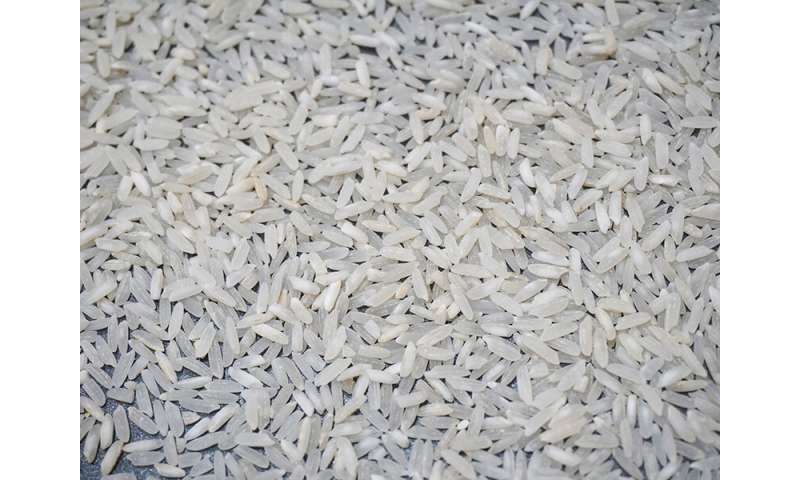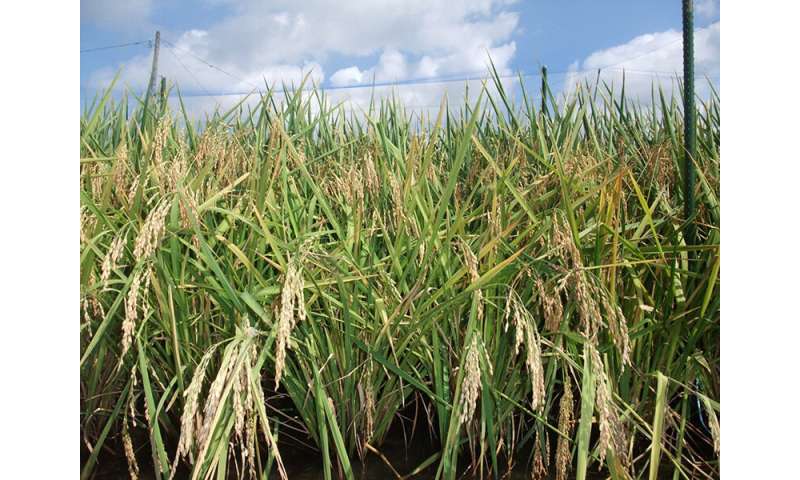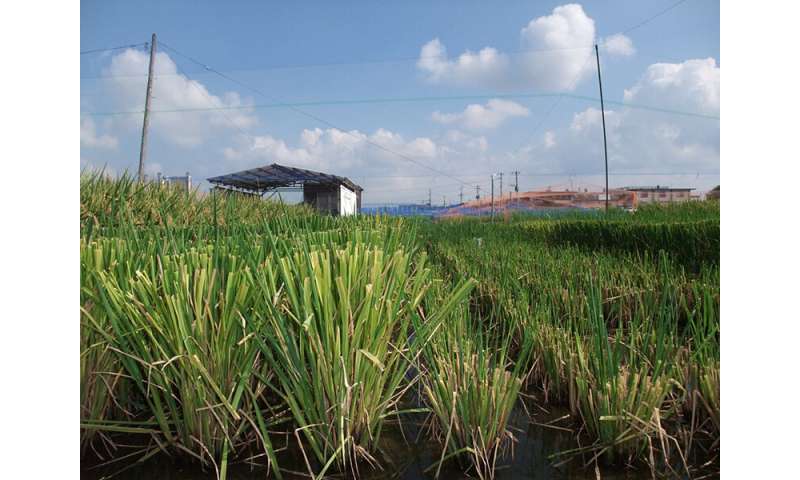How weather affects crawfish harvests
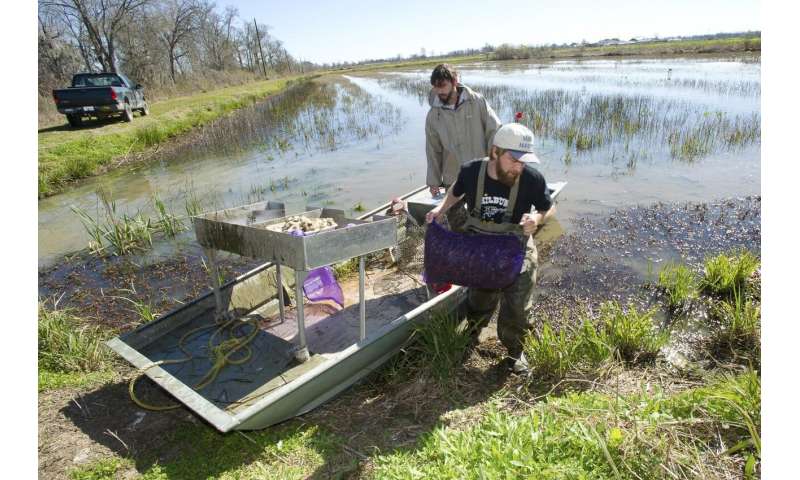
The life cycle of a crawfish can be fairly straight forward. In the summer months, crawfish reproduce in underground mud burrows with a plug of mud on top of the burrow to protect them from predators. In late summer and early fall, rain softens the mud plugs so the crawfish can push their way out of the burrows and enter ponds, where they feed, molt and grow throughout Louisiana's typically mild winters. Spring then brings crawfish harvest season.
However, temperature and seasonal weather changes can affect this life cycle. Variability can have a costly effect on the industry, which has experienced considerable growth over the past two decades. For example, the 2018-19 Louisiana crawfish season produced 151.8 million pounds of crawfish with an economic value of $209.5 million compared to 82 million pounds valued at about $45 million in the 2004-05 season, according to the LSU AgCenter. To help inform farmers, researchers at LSU are the first to quantify how rainfall and temperature affect crawfish harvest yields.
"Providing farmers and producers with more information on how their catch and livelihood may fluctuate due to environmental conditions can help make them more resilient in the future," said LSU Assistant Professor-Research and the Southern Climate Impacts Planning Program Climate Research Director Vincent Brown, who is the lead author on this study published in Climate Research.
Brown and his colleagues analyzed eight years of crawfish harvest data from six LSU Aquaculture Research Station ponds. They used a statistical model to identify the most significant temperature and weather variables that impact crawfish.
"The timing of precipitation is really important. The statistical model shows that if you have heavy rainfall in August or September, the crawfish harvest yields will be suppressed in the spring," Brown said.
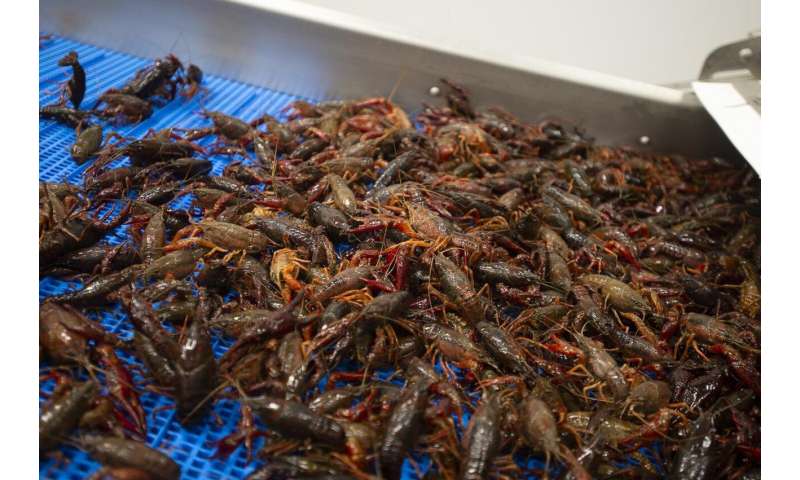
Heavy summer rains can trigger the crawfish to emerge from their burrows too early. When this happens, they enter ponds that could potentially have low oxygen due to decaying plant matter and high summer heat as well as a host of other things that could be harmful to their survival.
"We have seen how the low amount of dissolved oxygen in a pond can directly affect the survival rate of crawfish. This issue is something that we are continuing to study and develop best practices with the farmers to combat," said C. Gregory Lutz, LSU AgCenter Aquaculture Research Station professor, Louisiana Sea Grant College Program marine extension agent and study co-author.
Additionally, winter temperatures that drop below freezing can slow crawfish growth.
This information can benefit farmers. For example, if excessive precipitation occurs in August and September followed by a dry October and November plus freezing conditions in January, farmers may not need to set aside time and resources to harvest two to four days per week in February, which is generally prescribed. It is possible that only harvesting twice a week is sufficient, which can save farmers money on bait, labor, gas and other costs, write the researchers.
"This study can also serve as a template to investigate the impacts of weather on other farm-raised seafood products," said Mark Shirley, Louisiana Sea Grant College Program and LSU AgCenter marine extension agent and co-author of this study.
Explore further
More information: VM Brown et al, Effect of meteorological variables on crawfish harvest in Louisiana, USA, Climate Research (2020). DOI: 10.3354/cr01608
Provided by Louisiana State University


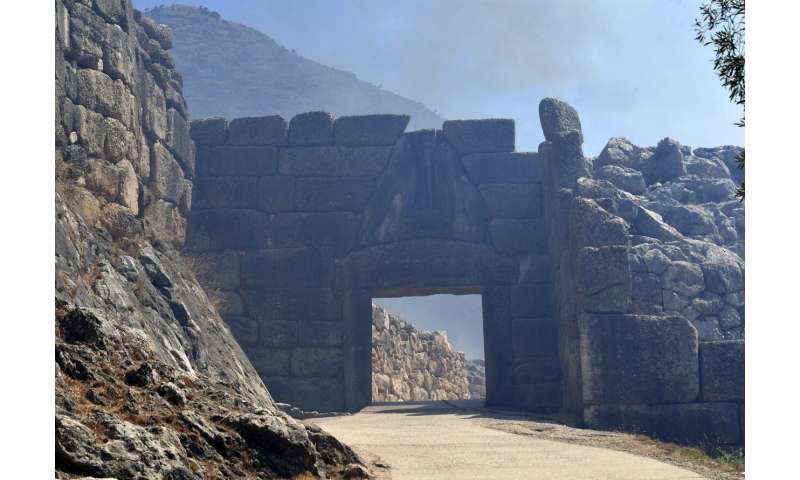
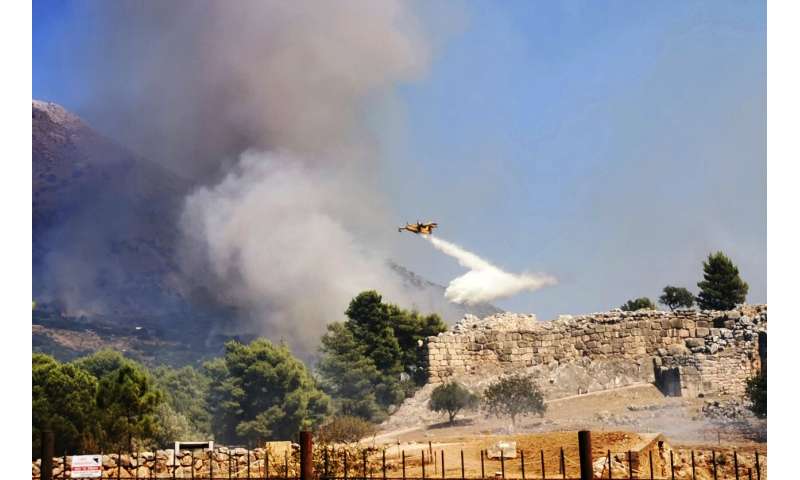 A plane drops water during a wildfire in the ancient site of Mycenae, Greece, some 140 kilometers (90 miles) south of Athens, on Sunday, Aug. 30, 2020. The fire that broke out at the Mycenae, one of the most popular archaeological sites in Greece, has not caused any damage to antiquities at first inspection, according the Culture Ministry. (Vangelis Bougiotis/InTime News via AP)
A plane drops water during a wildfire in the ancient site of Mycenae, Greece, some 140 kilometers (90 miles) south of Athens, on Sunday, Aug. 30, 2020. The fire that broke out at the Mycenae, one of the most popular archaeological sites in Greece, has not caused any damage to antiquities at first inspection, according the Culture Ministry. (Vangelis Bougiotis/InTime News via AP)